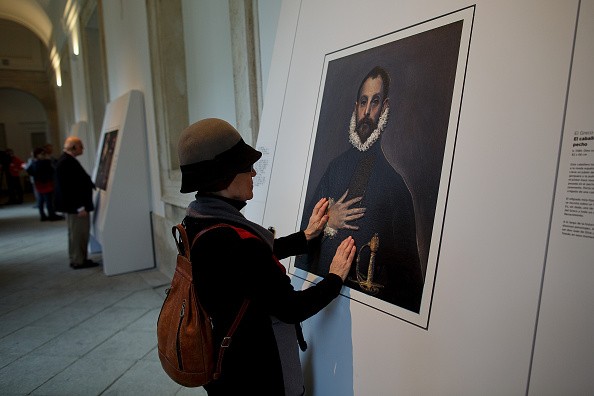
A new gadget called BrainPort V100 is holding the promise of helping visually impaired people see with their tongues, according to Tech Times.
The U.S. Food and Drug Administration announced that the medical company Wicab is allowed to market the new device, according to the publication Popular Science.
The BrainPort V100 is reportedly the first of its kind that has passed the FDA’s review through recently updated guidelines called the premarket review pathway, “a regulatory pathway for some low- to moderate-risk medical devices that are not substantially equivalent to an already legally-marketed device.”
Users of the BrainPort V100 reportedly hold the mouthpiece of the lollipop on their tongue, which will initiate a camera that collects images. These images will reportedly be altered into electrical signals.
The signals will reportedly cause a tingling sensation and create bubble-like patterns.
How does this process help users see, you may ask?
The idea of the BrainPort V100 is that the device will reportedly convert visual data into electrical stimuli so that users can interpret these signals or sensations to “see” the size and shape of an object and perceive its direction of movement.
Studies conducted to determine the effectiveness of the device showed over a year that almost 70 percent of the 74 subjects were reportedly able to identify objects successfully in recognition tests.
“Medical device innovations like this have the potential to help millions of people,” stated William Maisel, chief scientist at the FDA’s Center for Devices and Radiological Health.
“It is important we continue advancing device technology to help blind Americans live better, more independent lives.”



